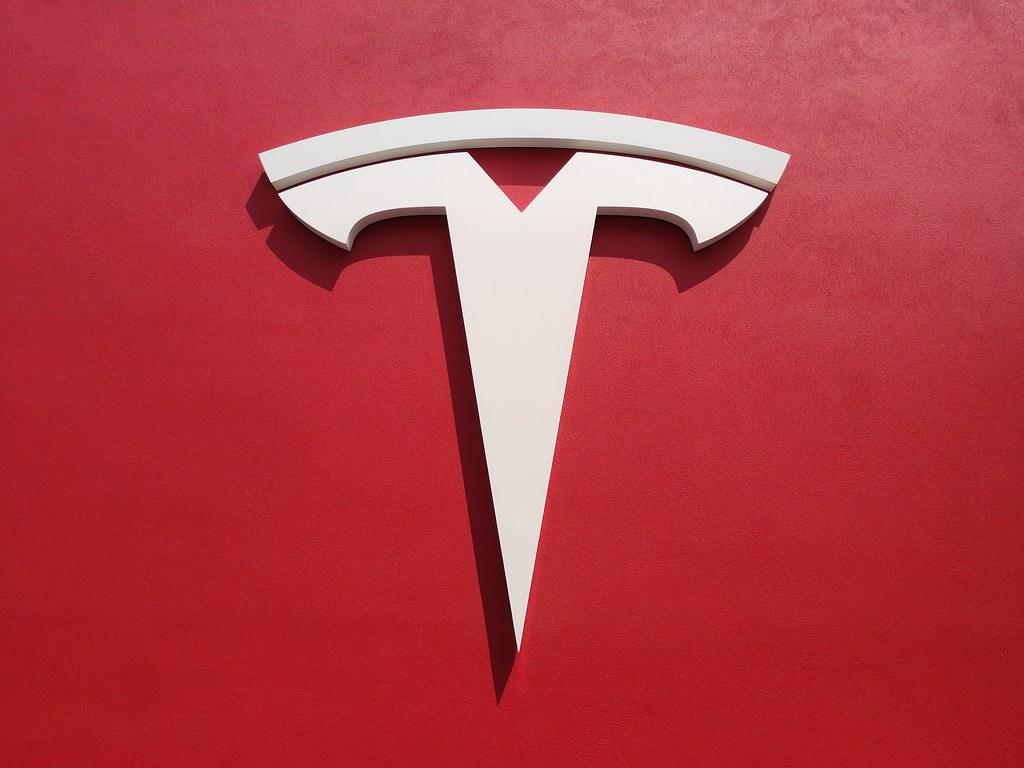After driverless Tesla Model Y vehicles were spotted navigating the streets of Austin, Texas, on Sunday morning, CEO Elon Musk confirmed via his platform X that Tesla’s robotaxi service would officially launch later that day. Rides will be offered at a flat rate of $4.20.
A Reuters reporter observed several driverless Teslas operating in the bustling South Congress area with no one in the driver’s seat. However, each vehicle appeared to have a front passenger acting as a safety monitor. While Tesla has stated that these monitors would be on board, it’s still unclear how much control they actually have over the vehicles. Videos circulating on social media also showed autonomous Teslas on the road, though it’s unknown whether those carried any passengers.
Leading up to the launch, Texas legislators have been moving to regulate autonomous vehicles more strictly. On Friday, Governor Greg Abbott signed a new law that will require companies to obtain a state permit to operate driverless cars. Although the legislation won’t take effect until September 1, its passage signals a bipartisan push for more cautious oversight of self-driving technology. Earlier in the week, a group of Democratic lawmakers urged Tesla to postpone the launch in light of the pending regulations.
Tesla declined to comment on the rollout, and the governor’s office also did not respond to inquiries.
The new law marks a shift from Texas’s previous hands-off approach to regulating autonomous vehicles. A 2017 state law barred local governments from creating their own rules. Under the new legislation, companies must get approval from the Texas Department of Motor Vehicles before launching vehicles without a driver on public roads. The law also empowers state officials to revoke permits if the vehicles are deemed a public safety threat and mandates that companies provide guidance for emergency responders.
To qualify for a permit, firms must demonstrate their vehicles can operate safely within legal limits. The law defines “automated motor vehicles” as having at least Level 4 autonomy—meaning the vehicle can operate without human intervention within a defined area. Level 5, the highest level, would allow full autonomy in any conditions or location. Compared to stricter states like California, Texas’s requirements are relatively straightforward.
Tesla invited a small group of online influencers to participate in a limited robotaxi trial involving 10–20 Model Y vehicles operating within a restricted zone in Austin. These trials will be closely monitored.
The launch follows years of Musk’s promises to deliver fully autonomous Teslas—promises that, until now, had remained unfulfilled. With Tesla’s soaring valuation increasingly tied to the success of its robotaxi and robotics ventures, the stakes are high. Musk has emphasized safety, saying the Austin rollout will be handled with extreme caution. The company will restrict service to safer areas, avoid challenging intersections and bad weather, and will not allow passengers under 18 years old. Musk also indicated he is willing to delay the launch if safety concerns arise.
Excitement around the launch is high among Tesla enthusiasts. “Wow. We are going to ride in driverless Teslas in just a few days. On public roads,” posted Omar Qazi, a Tesla influencer with over 635,000 followers on X who received an invite.
The push to commercialize autonomous vehicles has proven to be both costly and fraught with risk. GM’s Cruise suspended operations following a fatal accident, while regulators continue to scrutinize Tesla and competitors like Alphabet’s Waymo and Amazon’s Zoox.
Unlike its rivals, Tesla relies solely on cameras for navigation, eschewing lidar and radar. Musk argues that this approach is both safer and more cost-effective, despite diverging from industry norms.
